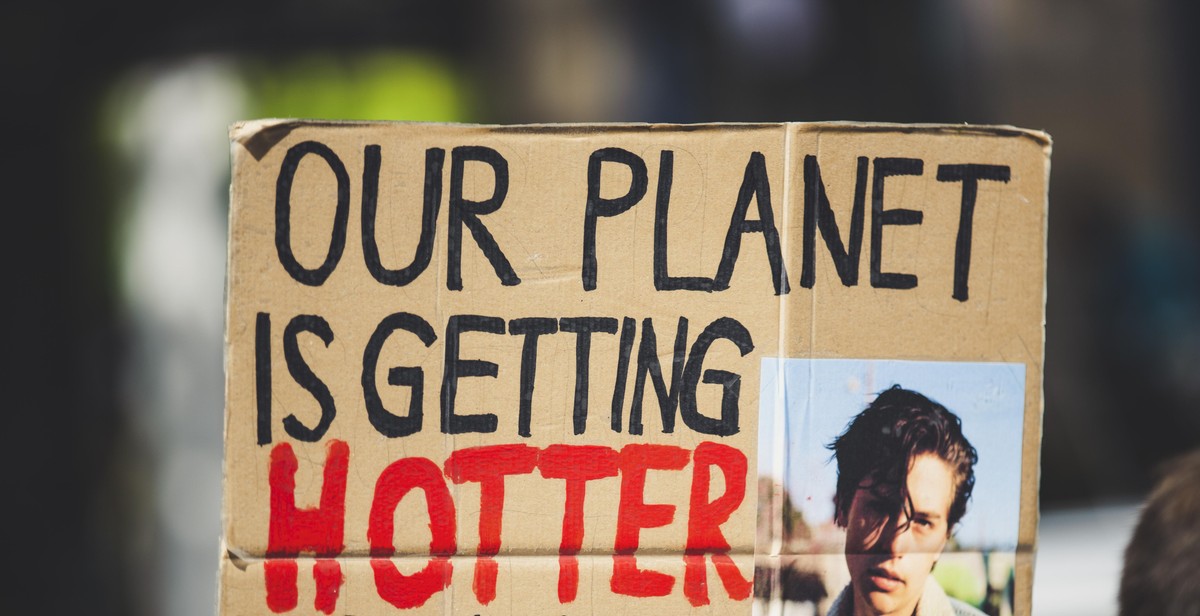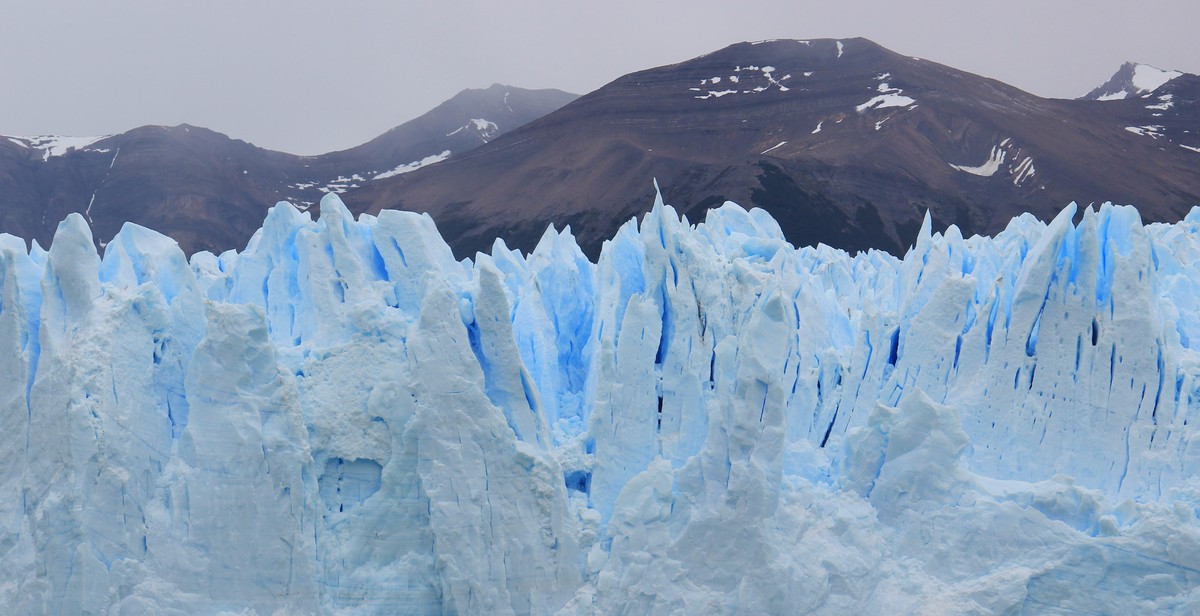The Impact of Climate Change on Biodiversity and What We Can Do
Climate change is one of the most pressing issues of our time, with far-reaching consequences for the planet and all its inhabitants. One of the most significant impacts of climate change is the threat it poses to biodiversity. Biodiversity refers to the variety of life on Earth, including plants, animals, and microorganisms, as well as the ecosystems they form. It plays a crucial role in maintaining the balance of our planet’s ecosystems and providing essential services such as clean air, water, and food.
Climate change affects biodiversity in numerous ways. Rising temperatures, changing precipitation patterns, and extreme weather events disrupt ecosystems, causing shifts in species’ ranges, population declines, and even extinction. As habitats change, many species struggle to adapt or find suitable alternatives, leading to a loss of biodiversity. Additionally, climate change can exacerbate existing threats such as habitat destruction, pollution, and invasive species.
However, there is hope. While the challenges are immense, there are actions we can take to mitigate the impact of climate change on biodiversity. Conservation efforts such as habitat restoration, protected area management, and species conservation can help safeguard vulnerable species and ecosystems. Furthermore, reducing greenhouse gas emissions through renewable energy adoption, sustainable agriculture practices, and responsible consumption can slow down the rate of climate change and give species more time to adapt.
This article explores the various ways climate change affects biodiversity and highlights the importance of taking action. It also provides practical solutions and initiatives that individuals, communities, and governments can undertake to protect and restore biodiversity in the face of climate change.
Understanding Climate Change
Climate change refers to long-term shifts in temperature and weather patterns that occur on a global scale. It is primarily caused by human activities that release greenhouse gases into the atmosphere, leading to the trapping of heat and subsequent warming of the Earth’s surface. This phenomenon has far-reaching consequences for the environment and all living organisms.
Causes of Climate Change
The main drivers of climate change are the burning of fossil fuels such as coal, oil, and natural gas for energy production, transportation, and industrial processes. Deforestation, which reduces the Earth’s capacity to absorb carbon dioxide, also contributes significantly. Additionally, intensive agriculture, industrial activities, and waste management practices release potent greenhouse gases like methane and nitrous oxide.
Effects of Climate Change on the Environment
The impacts of climate change on the environment are wide-ranging and pose significant threats to biodiversity. Rising temperatures and shifting weather patterns disrupt ecosystems and alter the distribution and behavior of species. As a result, many plants and animals struggle to adapt or migrate to suitable habitats, leading to population declines and, in some cases, extinction.
Furthermore, climate change exacerbates natural disasters such as hurricanes, droughts, and wildfires, causing immense damage to ecosystems and human communities. It also contributes to the melting of polar ice caps and glaciers, leading to rising sea levels, coastal erosion, and the loss of critical habitats like coral reefs and mangroves.
Changes in precipitation patterns affect water availability, leading to droughts in some regions and increased flooding in others. These alterations in water resources can have severe implications for agriculture, freshwater ecosystems, and human populations dependent on reliable water supplies.
In conclusion, climate change is an urgent global issue caused primarily by human activities. Its effects on the environment are far-reaching, impacting biodiversity, natural disasters, water resources, and more. Understanding and addressing climate change is crucial for ensuring a sustainable future for both our planet and all its inhabitants.

Biodiversity and Its Importance
Biodiversity refers to the variety of life on Earth, including all the different species of plants, animals, and microorganisms. It encompasses not only the diversity within species, but also the diversity between species and ecosystems. Biodiversity is crucial for the proper functioning of ecosystems and for the survival of all living organisms, including humans.
The Importance of Biodiversity
Biodiversity plays a vital role in maintaining the balance of ecosystems and providing numerous benefits to humans:
- Ecosystem Stability: Biodiversity ensures the stability of ecosystems by supporting the intricate web of interactions between species. Each species has a specific role to play, and the loss of even a single species can disrupt the delicate balance, leading to negative impacts on other species and the overall ecosystem.
- Ecological Services: Biodiversity provides essential ecological services, such as pollination, water purification, nutrient cycling, and soil formation. These services are crucial for sustaining life on Earth and maintaining the health and productivity of ecosystems.
- Medicinal Resources: Many of the medicines we rely on are derived from plants, animals, and microorganisms found in nature. Biodiversity serves as a rich source of potential new drugs and treatments for various diseases.
- Food Security: Biodiversity is essential for food production. A diverse range of crops and livestock ensures resilience against pests, diseases, and changing environmental conditions. Additionally, wild relatives of domesticated plants provide genetic diversity that can be utilized to improve crop varieties.
- Cultural and Aesthetic Value: Biodiversity is deeply intertwined with human cultures and traditions. It provides inspiration for art, literature, and spiritual practices, and contributes to the overall beauty and aesthetics of our natural surroundings.
Recognizing the importance of biodiversity is crucial in the face of climate change, as it highlights the need to protect and conserve the diverse life forms on our planet. By understanding the value of biodiversity, we can take necessary actions to mitigate the impacts of climate change and ensure a sustainable future for all species.

The Impact of Climate Change on Biodiversity
Climate change has emerged as one of the most significant challenges facing our planet today. Its impact on biodiversity is undeniable, with various aspects of the ecosystem being severely affected.
Loss of Habitats
One of the primary consequences of climate change is the loss of habitats. Rising temperatures and changing precipitation patterns alter the distribution and availability of resources, making certain habitats uninhabitable for many species. This disruption leads to habitat loss, forcing wildlife to either adapt to new conditions or face extinction.
Species Extinction
Climate change is accelerating the rate of species extinction. As habitats disappear and become fragmented, many species are unable to find suitable conditions for survival and reproduction. The loss of even a single species can have cascading effects on the entire ecosystem, disrupting food chains and reducing overall biodiversity.
Changes in Ecosystems
Climate change also triggers significant changes in ecosystems. Shifts in temperature and precipitation patterns can disrupt the delicate balance between species, affecting their interactions and dependencies. For example, changes in the timing of seasonal events, such as flowering or migration, can lead to mismatches between species that rely on each other for survival.
Moreover, the warming of oceans and acidification due to increased carbon dioxide absorption has detrimental effects on marine ecosystems, including coral bleaching and the loss of vital habitat for marine species.
Overall, climate change poses a grave threat to biodiversity. The loss of habitats, species extinction, and changes in ecosystems are all interconnected, exacerbating the already fragile state of our planet’s biodiversity.

Conservation Efforts to Protect Biodiversity
Biodiversity is essential for the health and stability of our planet’s ecosystems. To combat the negative impacts of climate change on biodiversity, various conservation efforts have been implemented. These efforts focus on protecting and preserving natural habitats, conserving endangered species, and restoring degraded ecosystems.
Protected Areas
Protected areas, such as national parks and nature reserves, play a crucial role in safeguarding biodiversity. These areas provide a sanctuary for a wide range of species, allowing them to thrive and reproduce without disturbance. By establishing and expanding protected areas, we can ensure the long-term survival of many endangered species and preserve their habitats.
Conservation of Endangered Species
The conservation of endangered species is paramount in preventing the loss of biodiversity. Efforts are made to identify and prioritize species at risk, implement captive breeding programs, and enforce strict regulations against illegal hunting and trade. Additionally, initiatives are undertaken to protect critical habitats, establish wildlife corridors, and promote sustainable practices that minimize human-wildlife conflicts.
Restoration of Habitats
Restoring degraded habitats is vital for the recovery of biodiversity. This involves reforestation, wetland restoration, and the removal of invasive species. Restoration efforts aim to recreate the original conditions necessary for diverse plant and animal communities to thrive. By rehabilitating damaged ecosystems, we can enhance their resilience to climate change and provide a suitable environment for endangered species to recover.
In summary, conservation efforts to protect biodiversity encompass the establishment of protected areas, the conservation of endangered species, and the restoration of habitats. These initiatives are crucial in mitigating the negative impacts of climate change on biodiversity and ensuring the long-term survival of our planet’s rich and diverse ecosystems.

Actions to Mitigate Climate Change
Climate change is an urgent global issue that requires immediate action. By implementing effective strategies, we can reduce greenhouse gas emissions, transition to renewable energy, and promote sustainable practices. These actions will not only help mitigate climate change but also protect biodiversity and ensure a sustainable future for generations to come.
Reducing Greenhouse Gas Emissions
One of the most crucial steps in mitigating climate change is reducing greenhouse gas emissions. This can be achieved through various measures:
- Energy Efficiency: Improving energy efficiency in industries, buildings, and transportation can significantly reduce carbon emissions.
- Transition to Low-Carbon Fuels: Shifting from fossil fuels to cleaner alternatives, such as natural gas and biofuels, can help reduce emissions.
- Carbon Capture and Storage: Implementing technologies that capture and store carbon dioxide emissions from power plants and industrial processes can prevent them from entering the atmosphere.
Transitioning to Renewable Energy
Transitioning to renewable energy sources is essential for combating climate change:
- Solar Power: Increasing the use of solar panels to harness the sun’s energy can provide clean and sustainable electricity.
- Wind Power: Expanding wind farms and utilizing wind turbines can generate renewable energy without emitting greenhouse gases.
- Hydropower: Investing in hydropower systems can produce electricity by harnessing the power of water, reducing the reliance on fossil fuels.
Promoting Sustainable Practices
Adopting sustainable practices in various sectors can contribute to mitigating climate change:
- Sustainable Agriculture: Implementing practices such as organic farming, agroforestry, and precision agriculture can reduce emissions and preserve soil health.
- Forest Conservation: Protecting and restoring forests helps sequester carbon dioxide and preserve biodiversity.
- Green Transportation: Encouraging the use of public transportation, electric vehicles, and biking can reduce carbon emissions from the transportation sector.
By implementing these actions, we can make significant progress in mitigating climate change, preserving biodiversity, and ensuring a sustainable future for all. It is crucial for individuals, governments, and businesses to collaborate and take responsibility for the actions needed to combat this global challenge.
Conclusion
Climate change has emerged as a major threat to global biodiversity, with devastating consequences for ecosystems and the species that inhabit them. The evidence overwhelmingly supports the fact that human activities, particularly the burning of fossil fuels and deforestation, are the primary drivers of this crisis. However, it is not too late to take action and mitigate the impacts of climate change on biodiversity.
Protecting and restoring natural habitats is crucial for preserving biodiversity. By creating and maintaining protected areas, we can provide safe havens for endangered species and allow ecosystems to adapt to changing conditions. Additionally, reforestation efforts can help absorb carbon dioxide and reduce the greenhouse effect, mitigating the effects of climate change on biodiversity.
Reducing greenhouse gas emissions is paramount in combating climate change. Transitioning to renewable energy sources, promoting energy efficiency, and adopting sustainable practices in agriculture and industry can significantly reduce our carbon footprint. Governments, businesses, and individuals must work together to implement these changes and prioritize the preservation of biodiversity.
Education and awareness are also vital in addressing the impact of climate change on biodiversity. By promoting environmental literacy and fostering a sense of responsibility towards nature, we can inspire future generations to become stewards of the planet and drive positive change.
In conclusion, climate change poses a significant threat to global biodiversity, but there are actions we can take to mitigate its impact. Protecting natural habitats, reducing greenhouse gas emissions, and promoting education and awareness are key steps towards preserving biodiversity for future generations. By acting now, we can ensure a sustainable and thriving planet for all species.
